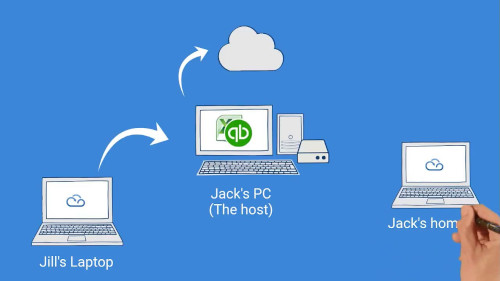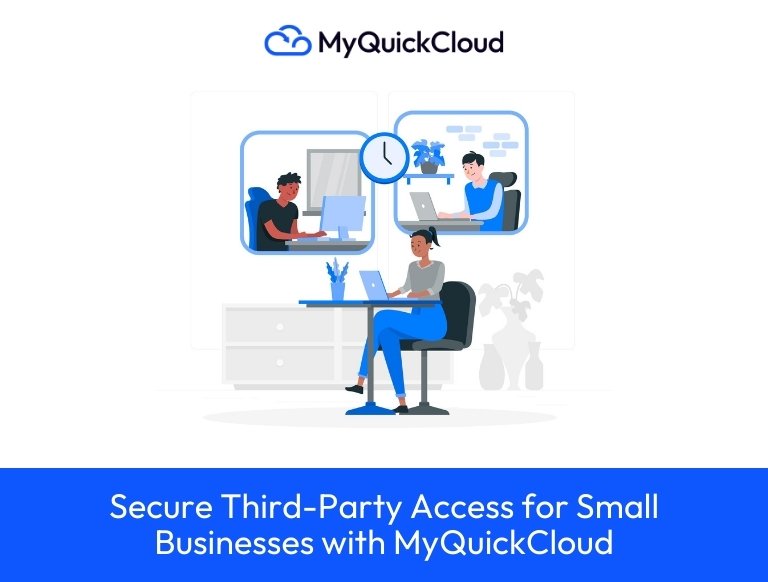The 21st century has seen a combination of technological progress and internet penetration in the workplace. Before all the technology innovations, employees working out of the office presented many logistical issues.
Now, remote work is easier than ever before. Freelancing, telecommuting, and digital nomadism have gone mainstream. Recruits are no longer aspiring to get the corner office but to travel the world while holding a full- or part-time job.
Coronavirus has put remote working infrastructure to the test in unimaginable ways. Adopting new technology is daunting, but when push comes to shove, companies have to embrace the available solutions. All of a sudden, employees and employers are forced to depend on cloud technology to access data and collaborate. Companies have realized the importance of remote working culture.
Cloud technology companies have seen an increase in sales with the rise in demand for remote work infrastructure. According to the Wall Street Journal, the abrupt shift to remote work has accelerated cloud adoption, especially in cyber-security. The article points out, “The pivot to working from home highlights the benefits of cloud-based services that can quickly scale up defenses around decentralized employees.”
Cloud computing is the technology that has made remote work possible. Employees can access business data from their devices, attend video conferences, and manage ongoing projects from anywhere in the world. A clear indication that cloud adoption isn’t a temporary fix but a long term strategy.
Here are some more benefits of cloud technology for companies with a remote workforce.
1. Enhanced security
Without cloud infrastructure in place, employees store files on their devices. They can only move the data to the company server if they are connected to the office network. Alternatively, they may result in having paperwork when they are out in the field. And later on, manually inputting their work on the computer once they get back to the office.
Both scenarios pose a threat to confidential data privacy and security. An employee’s device can be stolen, and malicious third parties access business information causing a severe data breach. Also, paper documents are easily misplaced. Company information is rendered at risk as a direct result of employees not accessing the server remotely.
Cloud computing was built with cyber-security in mind. It allows user-specific passwords, multi-factor authentication, and end-to-end data encryption, preventing unauthorized users from accessing company information. Additionally, cloud service providers deploy the latest firewalls and a dedicated cyber-security team to monitor any suspicious activity. With a remote server, physical data breaches are impossible due to the lack of an on-premise server. It also offers protection from malware attacks and social engineering scams.
2. Seamless multiple device compatibility
Cloud technology allows you to access data anywhere and at any time. Employees get the same data access in and out of the office. The remote workers who are always on the move can access data from any PC or mobile device regardless of the OS. Everyone can access and keep track of data in real-time.
Also, administrators can configure different access permissions for employees remotely. This way, even new employees can access data while away from the office.
3. Scalability
The companies that had cloud infrastructure in place before the lockdown weren’t as affected as those without. Companies with no remote working capabilities have been forced to jump onboard and struggle to survive. With cloud-based technologies, companies don’t have to worry about the market environment as work doesn’t have to stop.
Cloud computing has enabled the company to expand its storage, CPU, or I/O resources. It can also accommodate more remote workers without the need for additional office space or devices. It’s the most cost effective method for growing a business.
4. Optimized spending
Onsite servers aren’t only expensive to purchase but also to maintain. Most SMEs can’t afford to deploy funds for data centers or physical servers. Opting for a remote desktop ensures all the company data and applications are stored on the cloud service provider infrastructure. SMBs can save money spent on servers, power supplies, bulky cables, air conditioning, and all other server room management supplies.
5. Disaster recovery
With an on-premise data center, operations are often taken offline for maintenance. Relying on onsite IT professionals to maintain data centers has proven unreliable, especially during lockdown situations.
Cloud-based solutions have proven to be reliable in disaster recovery situations. The cloud provides 24/7 network resiliency.
6. Enhanced collaboration
One of the most effective ways to facilitate employee collaboration is investing in cloud-based solutions. All workers can access, share, edit, and work on the same document simultaneously. As a result, projects are completed faster, eradicating the back and forth of exchanging files on emails.
COVID-19 has seen many companies invest in real-time collaboration platforms like Slack, MS Teams, Google meets, Zoom, among others.
Centralized data that’s retrievable when needed ensures work is done with no interruptions increasing employee productivity.
How can the cloud deliver?
It’s an uphill battle for IT professionals to securely connect remote workers with onsite applications and tools. From establishing ease of data access to managing upgrades and other application interactions.
The cloud makes it easy for businesses to scale and support a broad range of utilities, geographies, and employees. Company software and networks are always up-to-date and secure. Companies can now balance their employee’s flexible working needs and satisfying their customers.
With technologies like MyQuickCloud, organizations can optimize their productivity, automate processes, and enhance security. They can offer their employees a higher flexibility level and scale their clients while working remotely.





